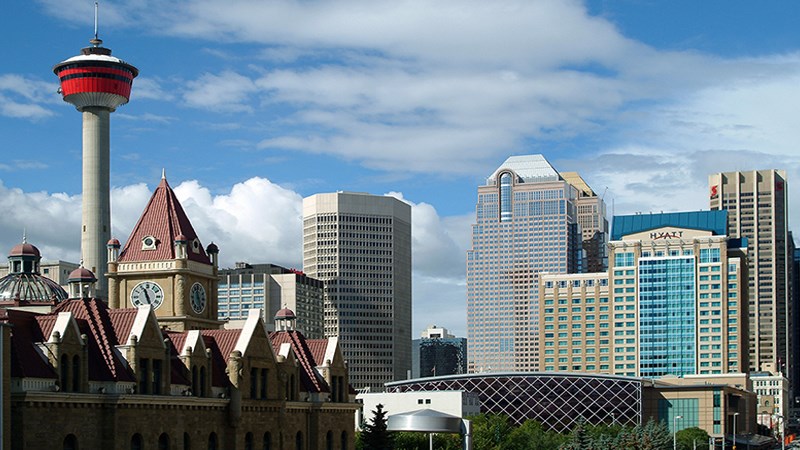In the first three months of this year investors spent nearly $1 billion on commercial real estate in Alberta’s two biggest cities. In Calgary investments were down just 1.7 per cent from the same period in 2017.
In Edmonton’s heartland industrial zone, a new $3.5 billion petrochemical plant is high-balling construction, indicative of a city economy that posted GDP growth of 5.7 per cent in 2017 and appears poised to remain a leader among Canadian cities this year, according to the Conference Board of Canada.
In May, the august Bank of America startled analysts in forecasting that the price of a barrel of oil could hit US$100 as early as next year. Yet that reflects the reality of global economics, an economy that will rely on fossil fuels for the lifetime of most Canadians.
This year global oil demand growth is expected at 1.5 million barrels per day and it is predicted 1.4 billion barrels more will be needed every day in 2019.
The price of oil is already clipping past US$72 per barrel as other top oil producers in the world – near-bankrupt Venezuela and sanction-saddled Iran – falter on production.
Western Canada Select – the oil from Alberta’s patch – was trading at $35.17 a barrel as of January 1. At press time, it was at $59.35 and ascending.
Alberta, despite the frustrating lack of domestic tidewater access, is recognized among the steadiest and safest oil sources on the planet.
Even without higher-priced oil the resilient Alberta economy is ranked as Canada’s fastest-expanding this year with growth of 2.8 per cent.
With rising oil prices – and secure oil pipelines to tidewaters – there is no limit.
And that is very good news for all of Canada, because Alberta does the heavy financial lifting for all the less-endowed provinces.
Canada’s energy sector accounts for almost 7 per cent of the value of all goods and services produced in the country, rising to 10 per cent if indirect activities are included.
The largest share of federal government revenue, an average of $19 billion over the last five years, was collected from the oil and gas industry, primarily in Alberta. The energy sector also accounted for 18 per cent of Canada’s exports in 2016, generating a $50 billion trade surplus. And this sector accounted for 29 per cent of total investments of non-residential investment and machinery and equipment in Canada, stated a study by the Fraser Institute.
Alberta disproportionally contributes to federal finances. Specifically, Albertans have handed $221 billion more to federal coffers than they have ever received in federal transfer payments and services.
Welcome back, generous Alberta. Canada needs you now more than ever.



